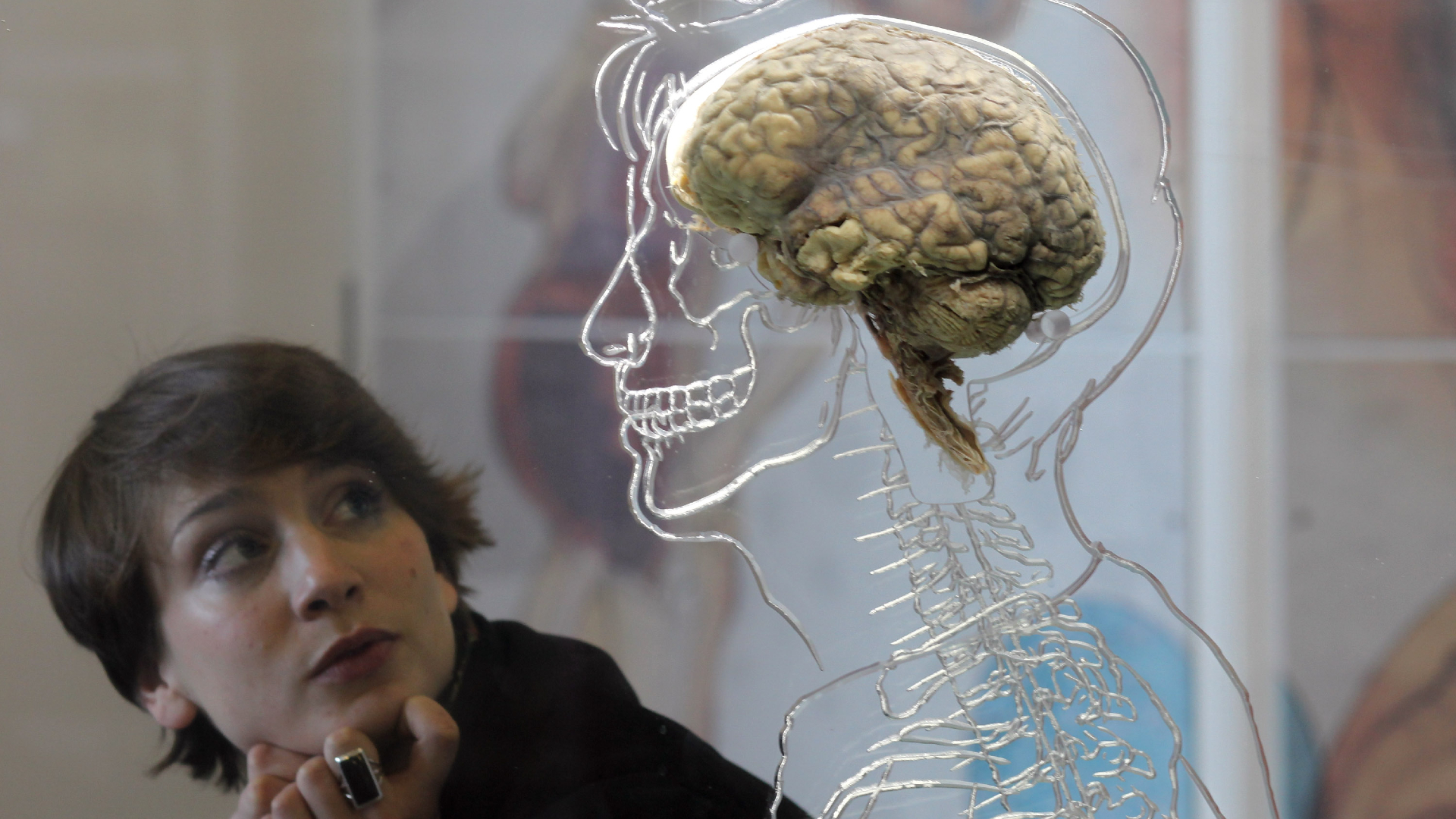
In 1936, American writer Lowell Thomas wrote in his introduction to Dale Carnegie's book "How to Win Friends and Influence People" what would become an oft-repeated claim: "Professor William James of Harvard used to say that the average man develops only 10% of his latent mental ability."
This idea took on a life of its own, with some people later claiming that humans use only 10% of their brains. But is it true?
While it remains uncertain whether James, considered the father of American psychology, originated this statement, it is certain that it's indisputably false. Rather, "we're always using all of our brain," Erin Hecht, an assistant professor of evolutionary neuroscience at Harvard University, told Live Science.
"It's just such a funny myth," said Julie Fratantoni, a cognitive neuroscientist and head of operations for The BrainHealth Project at the University of Texas at Dallas. For starters, she's not even sure if 10% refers to volume or something else: "Is it 10% of energy metabolism? Is it 10% of electrical activity? Is it blood oxygenation levels?" This myth is so pervasive that students ask about it. "In my classes, whenever anybody brings up that myth, I say, 'If you're only using 10% of your brain, you're probably hooked up to a ventilator,'" Hecht said.
Related: Why do our brains have folds?
Hecht likened brain activity to the heart when the body is at rest; the heart keeps pumping even if it's not working to its fullest capacity. Likewise, the entire brain and its cells, called neurons, are always active even just at a baseline level. "Neurons have to fire at some sort of baseline level in order to keep themselves healthy," she said.
According to Fratantoni and Hecht, while the brain is classified into discrete regions, the organ operates via various networks. No single region ever acts in isolation. Fratantoni gave the example of the default mode network, which involves several cognitive areas to process thought and social interactions.
So, how do we know which parts of the brain are active? The best tool we have to measure brain activity is functional magnetic resonance imaging (fMRI). This neuroimaging technique requires someone to lie in a tube-like scanner while responding to different stimuli. The scanner measures blood flow changes in the brain, which indicates increased energy use in different regions.
"The idea is that parts of the brain that are receiving more blood are burning more energy, and therefore, they're more functionally involved with whatever you're thinking about," Hecht said.
Our brains recruit fewer resources for skills we know well. When we practice a skill, our brains change in a few observable ways. First, brain tissue associated with that skill's regions physically enlarges, according to Hecht. She says researchers hypothesize this growth may come from neurons branching out to connect with neighboring neurons, or from increased vascularization that would facilitate more blood flow. At the same time, the more practiced the brain becomes at a skill, the more efficient it is and the less energy it requires.
"As you become more proficient at something that you're learning to do, less of your brain is active," Hecht said.
Mental energy, or conscious effort expended to complete a task, is another effective way for individuals to measure their personal brain use, Fratantoni said. Because one can't scientifically test mental energy, this metric allows for subjectivity.
"What I guess would be a better way to think about it is, do you even know what your capacity is?" she told Live Science. "What could you be doing to reach more of your fuller potential?" In Hecht's view, the answer is to diligently practice whatever skill you're cultivating.
Ultimately, the notion of using 10% of the brain is not only incorrect, but irrelevant. Hecht mentioned that after a debilitating injury or stroke, some people can restrengthen abilities "with other parts of the brain kind of taking over the function" that the damaged region had controlled. The incredibly plastic mind can rewire itself when a region is lost or damaged, so what comprises 100% can change. Even with a portion of the brain injured or removed, every mind can find a way to work at its fullest capacity.







